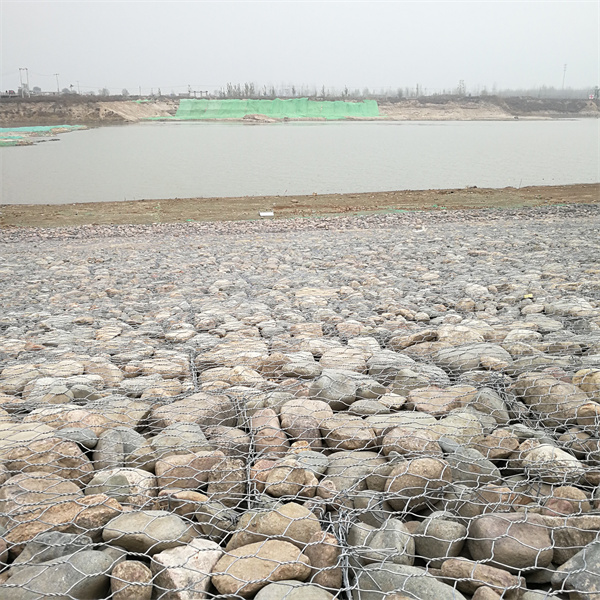Aza . 07, 2024 07:09 Back to list
best gabion box retaining wall
Creating the Best Gabion Box Retaining Wall A Comprehensive Guide
Gabion box retaining walls are an increasingly popular choice for landscaping and structural support due to their durability, aesthetic appeal, and environmentally friendly properties. A gabion wall consists of wire mesh boxes filled with rocks, stones, or other materials, offering a robust solution for managing soil erosion, creating terraces, and stabilizing slopes. In this article, we will explore the best practices for constructing an effective gabion box retaining wall.
1. Planning and Design
Before diving into the construction process, proper planning and design are crucial. Assess the area where the retaining wall will be installed, considering factors such as soil type, drainage, and the wall’s height. Generally, gabion walls are best suited for retaining heights of up to six feet. For taller walls, it may be necessary to consult a structural engineer. Creating a detailed design will help ensure that the wall meets both functional and aesthetic requirements.
2. Choosing the Right Materials
The effectiveness of a gabion box retaining wall largely depends on the materials used. Select high-quality, corrosion-resistant wire mesh to construct the gabion boxes. Common materials used for filling include natural stone, recycled concrete, or even decorative landscape rocks. When choosing fill materials, consider local availability and the desired appearance of the completed wall.
3. Site Preparation
Once the design is finalized and materials are selected, prepare the site by clearing any vegetation and debris. Create a level base to ensure stability and proper drainage. It's important to dig a trench that matches the width of the gabion boxes to provide a solid foundation and prevent shifting over time.
best gabion box retaining wall

Start by assembling the gabion boxes according to the design specifications. Secure the boxes in place using appropriate fastening methods to ensure they remain intact. When filling the boxes, layer the stones for even distribution and compress them to eliminate gaps. This step is crucial for preventing movement and ensuring the integrity of the wall.
5. Drainage Considerations
Effective drainage is key to the longevity of a gabion wall. Incorporate drainage pipes or gravel behind the wall to redirect water and alleviate hydrostatic pressure. This will help prevent water buildup, which can weaken the structure over time.
6. Finishing Touches
Finally, once the gabion boxes are filled and secured, consider adding topsoil and vegetation on the upper slope to enhance aesthetics and promote erosion control. Planting ground cover or other suitable plants can help integrate the wall into its surroundings, making it a more appealing addition to your landscape.
In conclusion, constructing the best gabion box retaining wall requires careful planning, quality materials, and attention to drainage. By following these guidelines, you can create a functional and visually appealing retaining wall that stands the test of time.
-
HESCO Gabion Baskets for Coastal Erosion Prevention
NewsAug.22,2025
-
Longevity and Durability of River Rock Gabion Walls
NewsAug.22,2025
-
How to Integrate Gabion 3D Walls in Urban Planning
NewsAug.22,2025
-
Reno Mattress Gabion Applications in Civil Engineering
NewsAug.22,2025
-
How to Install Wire Mesh for Gabion Baskets Properly
NewsAug.22,2025
-
Best Materials for Filling a Chain Link Gabion
NewsAug.22,2025
-
Wire Mesh Thickness Impact on Gabion Wall Load Bearing
NewsAug.12,2025






